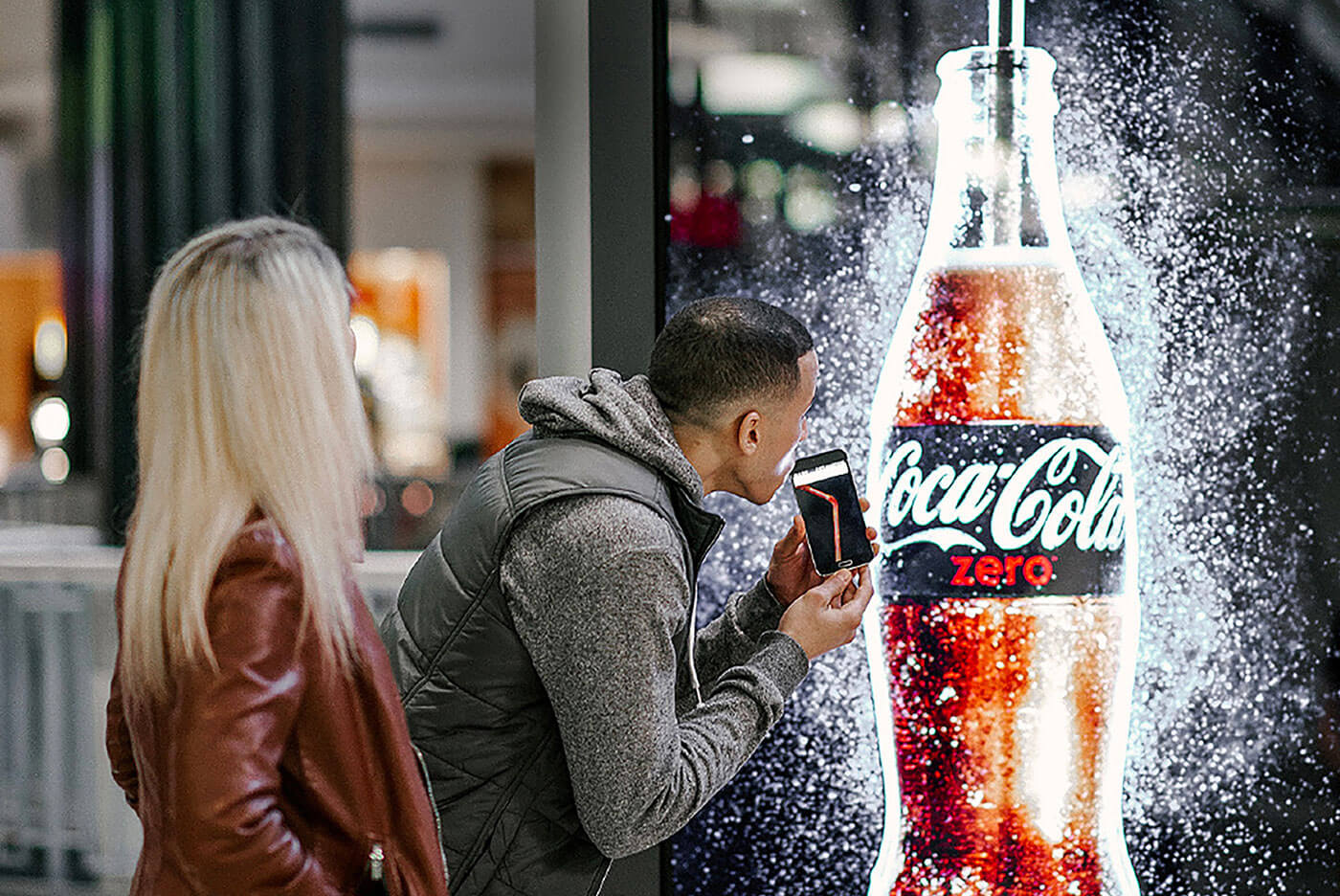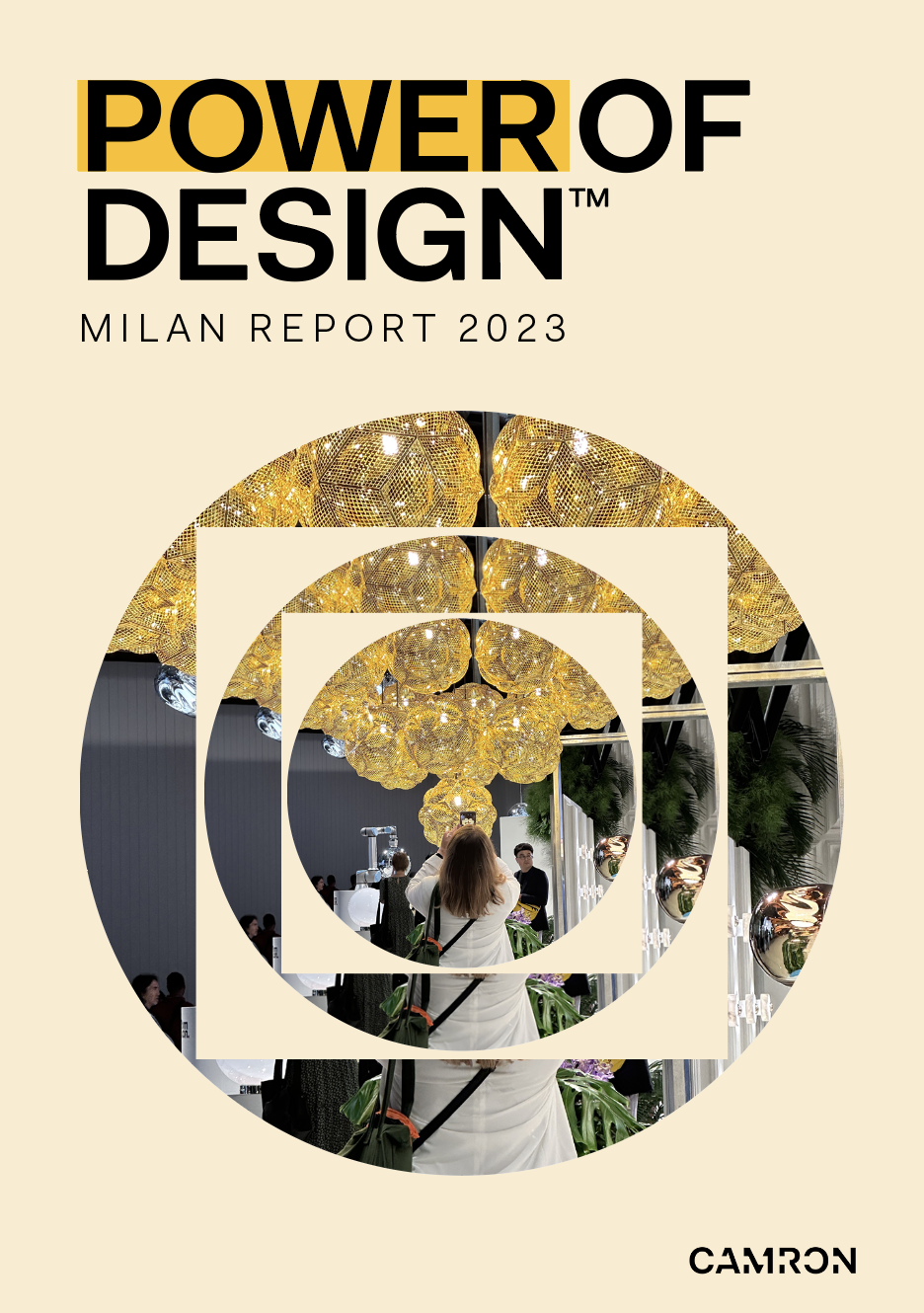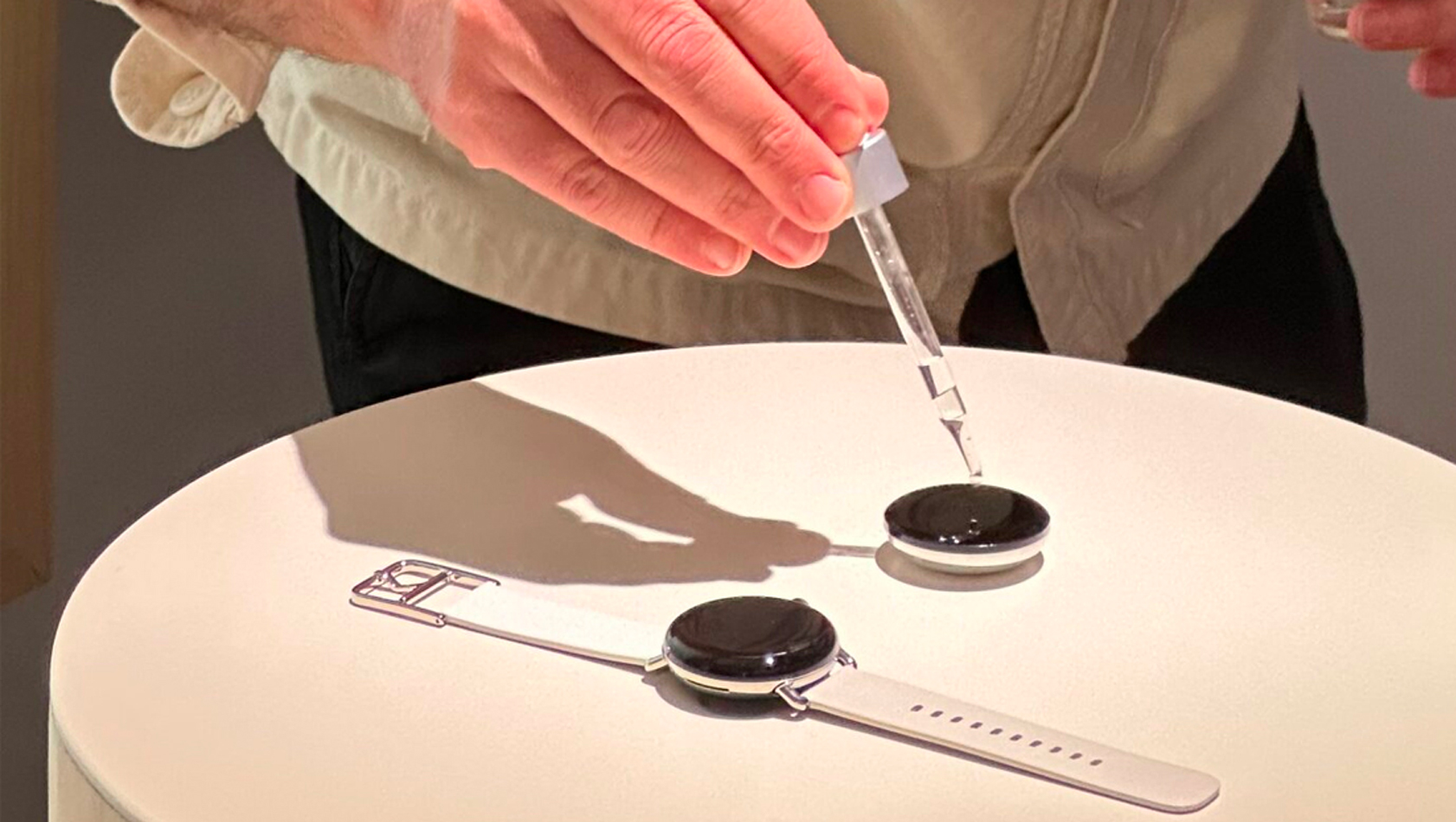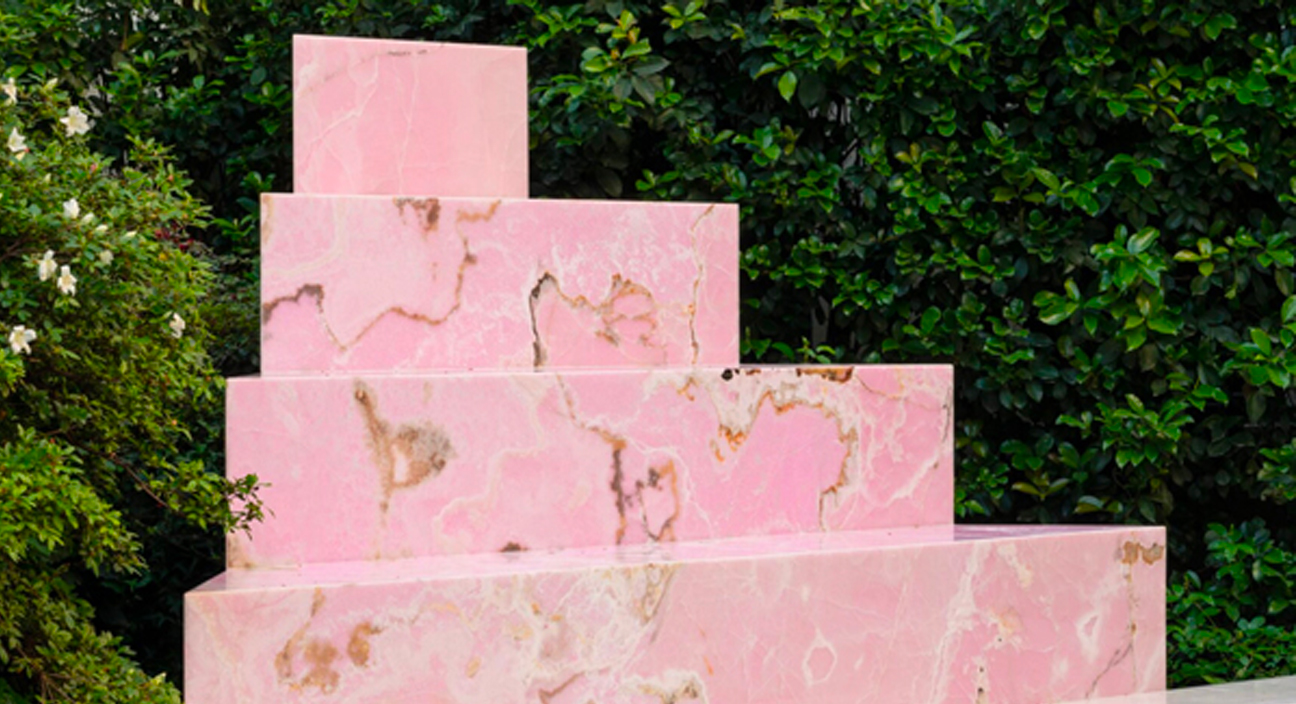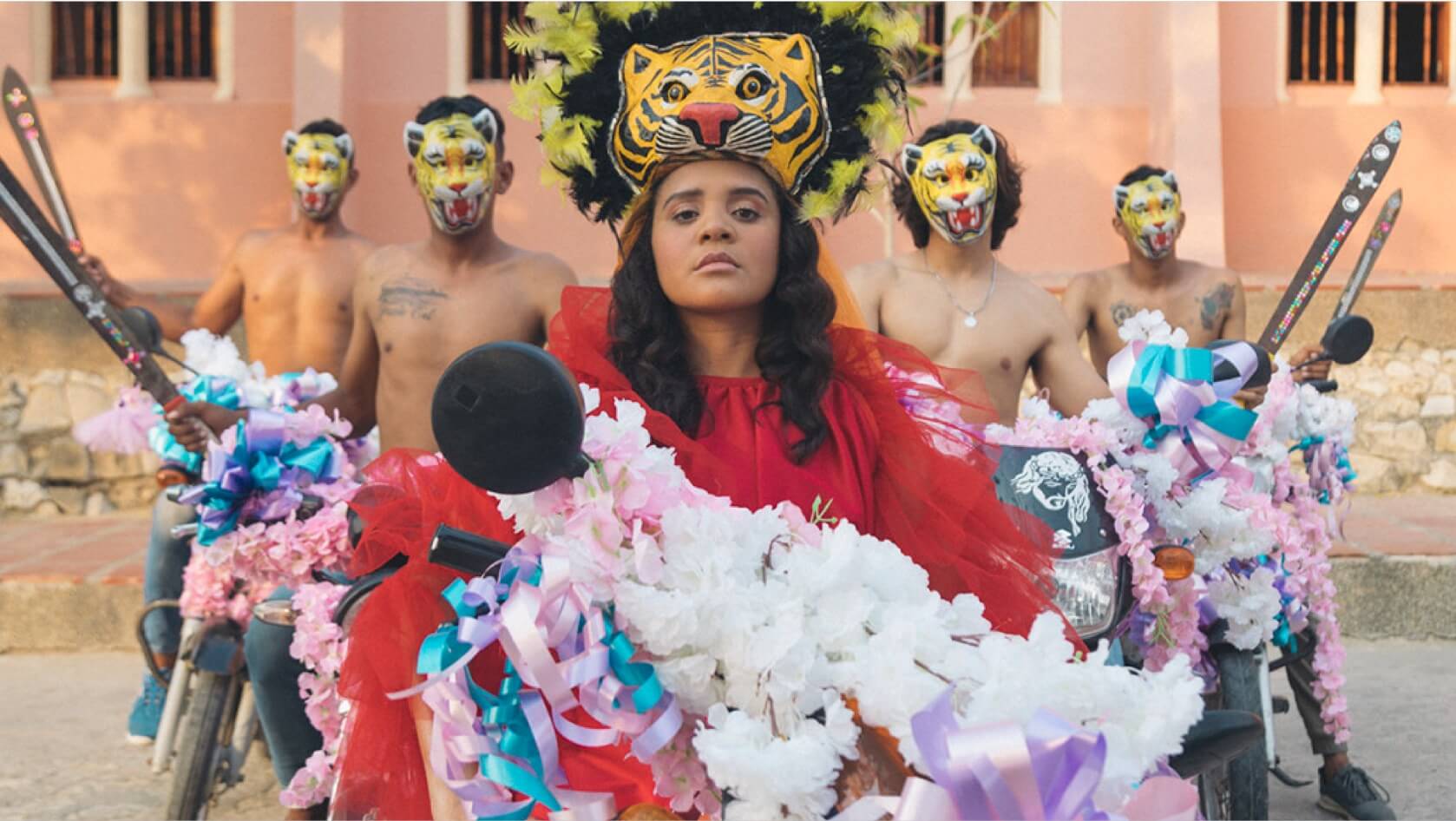Interactive exhibitions have become the go-to strategy at Milan Design Week, but how effective is…
Having worked with some of the biggest brands on the planet, marketing and communications guru Jonathan Mildenhall makes the business case for design thinking.


Having worked with some of the biggest brands on the planet, marketing and communications guru Jonathan Mildenhall makes the business case for design thinking.
Back in 2008, three recent graduates were going round all the venture capital funds in San Francisco offering 10 percent of their startup for $150,000. Two of those grads were design majors, only one of them was an engineer, and none of the VCs were interested.
It wasn’t felt that designer-founders were credible – that somehow design was a ‘soft touch.’ The company was Airbnb and if one of those VC’s had taken the deal, then it would have produced one of the greatest returns in investment history. That stake would have been worth around $12 billion today.
The success of Airbnb is now touted as a tipping point for how design was perceived in Silicon Valley. It wasn’t the first property sharing business to market, but what it did differently was enshrine design principles at the core of everything the company did. It was something that I’d already learnt in my career at Coca-Cola, where I started in 2006 with a slightly less polished understanding of what design meant. Back then, like most people, I thought good design was about making things look and feel great. I could see that Coca-Cola had some of the strongest visual identities and brand differentiation in the market, and that its design team was amongst the best in the world. What I didn’t yet know is that working with these designers would transform my entire approach to how I do business.
Although Coca-Cola was incredibly strong on product – on getting things to jump off the shelf – it was quite challenged when it came to putting other work out into the world. I’d go as far to say its marketing process was horrendous, so I started looking around to find a way to solve that. It wasn’t long before I settled on the design team. Here were these incredibly talented professionals who had brilliant toolkits, processes and systems for developing products. Why couldn’t those same tools be applied to other business challenges?
What this developed into was a completely novel way of communicating for Coca-Cola, and a new way of working with our agency partners to create work that could be embraced by the entire system including bottlers, partners, retailers and the like. We called this new design-led approach to creative development ‘HotHousing,’ and it soon became influential across the business – not just for marketing communications projects, but in employee experience, stakeholder management, and just about every systemic process. The approach that my team pioneered gave me absolute clarity about the true potential of design – that it provided the toolkits to optimise operations wherever it’s applied, and that design thinking needed to exist from the ground up, not added as a final flourish.
As with so many things, cross-fertilizing diverse perspectives, outlooks and ideas can bring about the most spectacular results. I’ve found that taking processes honed in design studios and applying them to so-called ‘hard’ business challenges can create innovations that would be impossible had we stuck with tradition. Having developed this thinking at Coca-Cola, I was then able to explore its absolute culmination when I joined Airbnb in 2014, where the focus on design thinking touched literally every aspect of the business, from employee experience to host experience and guest experience. It was incredible to work with a company where the brand was so carefully conceived and was treated as a bedrock to the business, rather than something separate to be handled by the marketing team.
It’s that vision I’m now carrying forward through co-founding TwentyFirstCenturyBrand. We’re working with some of the most exciting businesses on the planet, including Peloton, Pinterest, HBO Max, Instacart, and Gemini. Our role is to help them to create vibrant, beautifully designed brand ecosystems. This ranges from developing the core business ambition or identifying the community they want to serve, all the way through to creating go-to-market business plans alongside key performance metrics. The brand is the foundation here, not the veneer, and it’s no accident that we use architectural language – one of our hero products is called the Brand Blueprint – which is consciously borrowed from architecture. Design is the foundation, scaffold and masonry of our approach.
The world is very different today to how it was in 2008, when those ambitious young design grads had such an uphill climb. Just as so-called ‘soft power’ has taken off in geopolitics, so too have the ‘soft skills’ of design come to define the most important brands of the 21st century. Design thinking is no longer a nice-to-have, but a foundational must-have for any ambitious business that wants to create differentiation and community.
twentyfirstcenturybrand.com


